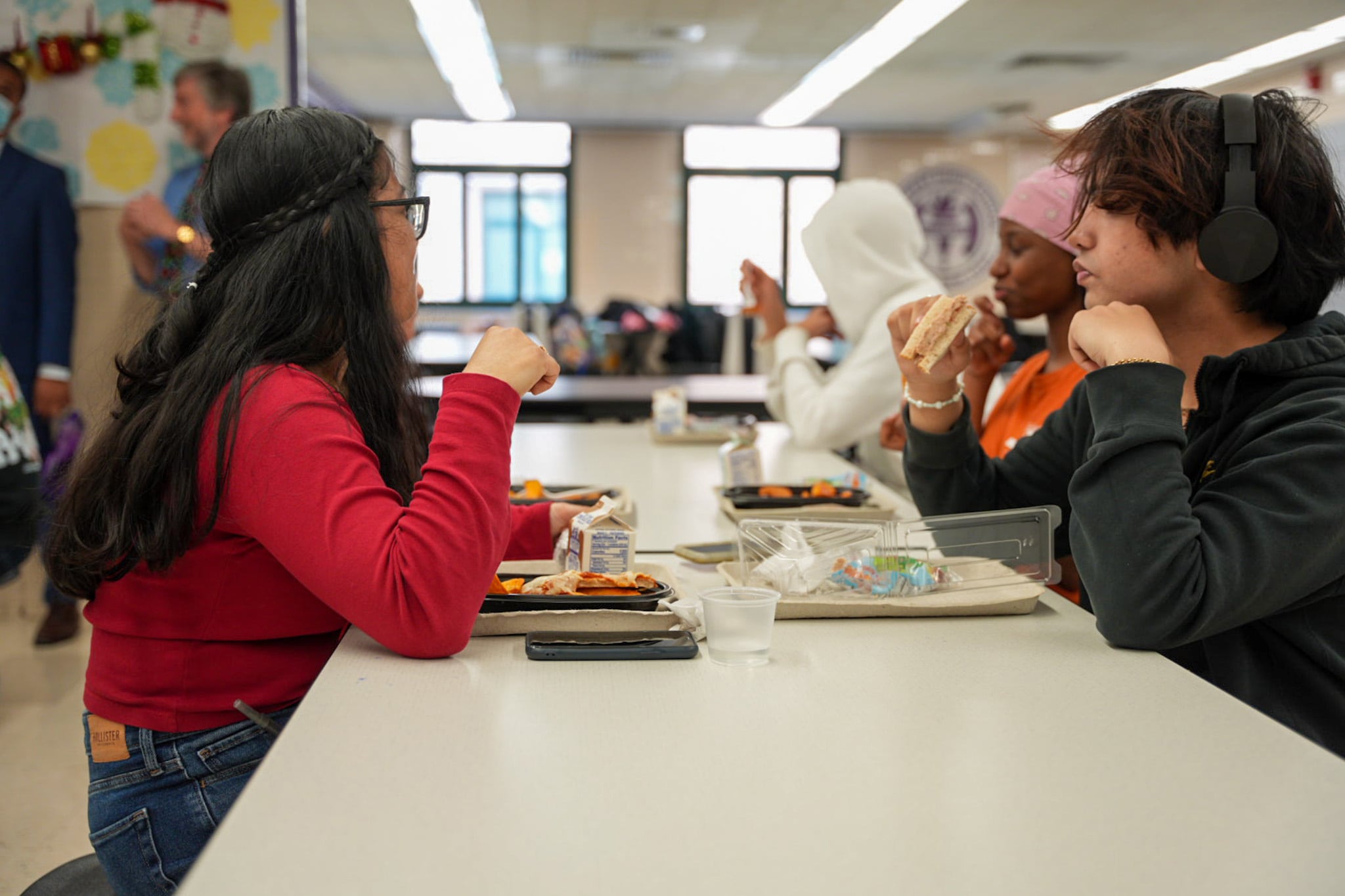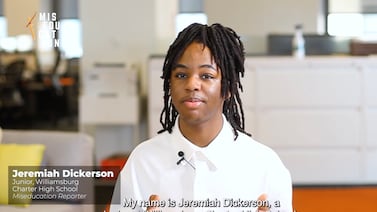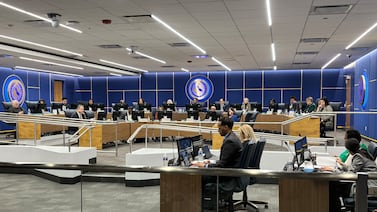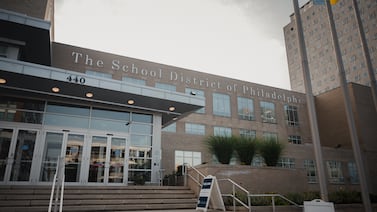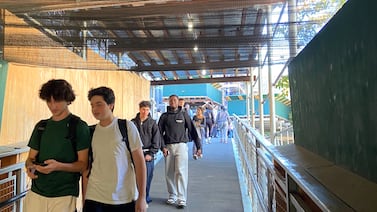Sign up for Chalkbeat New York’s free daily newsletter to keep up with NYC’s public schools.
Facing mounting criticism over cuts to popular school lunch items, New York City officials are reversing course.
School cafeterias will once again feature French toast sticks, bean and cheese burritos, and chicken dumplings, an Education Department spokesperson confirmed Wednesday. Those items should reappear later this month or in early April. Officials eliminated the popular foods from school menus last month as part of a $60 million cut to the school food program, Chalkbeat first reported in January.
At a Thursday event honoring food workers, schools Chancellor David Banks said the decision to reinstate some items was due to backlash from students.
“We heard from the kids loud and clear,” he said. “I encourage every young person to continue to speak up about the changes that they hope to see in their schools.”
Still, some menu items won’t be returning yet, including bagel sticks, chicken drumsticks, guacamole, and cookies. Chris Tricarico, senior executive director of the Office of Food and Nutrition Services, said the city is “planning to look at the future menus” in the coming months to bring back additional food options.
A chorus of students, parents, and food advocates complained the cuts affected popular dishes — potentially leading students to avoid eating school lunches, or throw them in the trash.
Anayolene Denis, a school cook in Brooklyn, said there was a noticeable decrease in the number of students who ate lunch after popular items disappeared from the menu.
“I was mad,” she said. “The kids come in and don’t see what they used to like.”
The cuts also left some of the city’s food suppliers in limbo, with hundreds of thousands of dollars worth of food languishing in storage. Some vendors warned of possible worker layoffs.
Food advocates were baffled by the cuts given Mayor Eric Adams’ focus on improving the city’s school food program, including overhauling some cafeterias to make them resemble food courts and expanding plant-based meals.
The reversal comes as city leaders have struggled to provide a clear rationale for the menu changes. Officials first suggested they were related to a series of budget cuts Adams has ordered across city agencies, including the Education Department. But the city’s top budget official on Monday offered a different explanation: The menu cuts were necessary because school lunches were growing more popular.
“They basically cut some of the items from the menu … because more kids are eating,” Jacques Jiha, director of the city’s Office of Management and Budget, said during a City Council hearing.
Those comments earned a fresh round of criticism and confusion, as some of the mayor’s food initiatives were specifically designed to encourage more students to eat. Just two days later, the Education Department backtracked.
Melany Martinez, a school cook at P.S. 84 in Manhattan, said students grumbled about the changes, but she didn’t see much of a dropoff in student meal participation at her school. Nonetheless, she anticipates her students will celebrate the return of one item in particular.
“They love bean burritos,” she said.
Michael Elsen-Rooney contributed to this story.
Alex Zimmerman is a reporter for Chalkbeat New York, covering NYC public schools. Contact Alex at azimmerman@chalkbeat.org.

